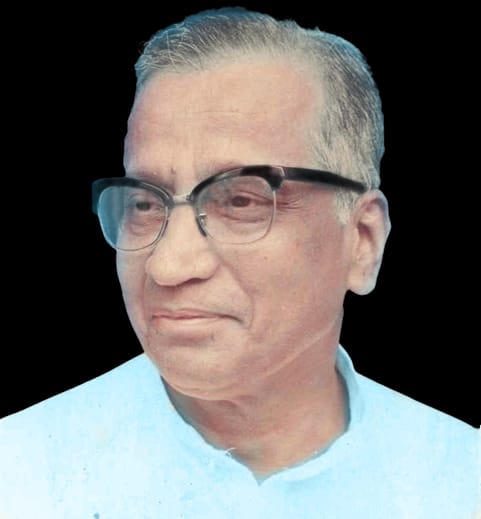Abstract
Climate change, inflation and a plethora of other risk factors tend to make agriculture a risky profession. In a developing country such as India, where a majority of farmers are poor, risk management is crucial to protect incomes. However, formal crop insurance adoption remains low despite its importance, and it is of interest to study the reasons behind this. We construct a theoretical model of farmers’ utility when faced with a choice between formal crop insurance and informal borrowing as risk management strategies, in line with empirical observations across the globe, using Bellman’s equation in dynamic programming. This model is used to study the impact of informal interest rates and loss assessment mechanisms on crop insurance adoption. The results of this theoretical exercise are tested using an appropriate regression using representative NSSO data of farmers in India in 2013, and are thus verified. The regression exercise reveals a negative relationship between informal interest rates and insurance adoption, in line with theoretical predictions. Further, disparities in adoption of crop insurance is found across economic and social classes, which need to be addressed. Based on the findings, we suggest that the current risk assessment mechanism be overhauled to better identify farmers facing crop losses, and that premiums be varied according to the land cultivated and farmers’ social class, to better achieve insurance coverage of crops cultivated in India.

